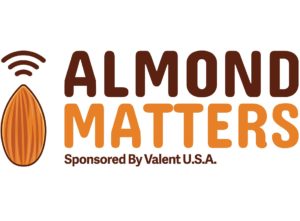In today’s Almond Matters, brought to you by Valent U.S.A., perennial grasses can create a host of problems for growers if left unchecked. Field Market Development Specialist with Valent U.S.A., Todd Burkdoll said it might be a tough year for grasses. Weather conditions this season may have prevented some preemergent activities or caused a breakdown in their efficacy.
“Having ample water also causes seeds that have been dormant for a while in the soil to germinate,” Burkdoll noted. ”With the potential for weed germination if you didn’t get a preemergent down before the rain started back in the Fall – or maybe you did get one down in the Fall and it’s starting to peter out – it’s probably a good time to be thinking about a postemergence program for grasses.”
Some of the most challenging weed species are Johnsongrass and Bermudagrass. Burkdoll noted that they can harbor pests and can be especially problematic during harvest. Active monitoring can give an indication as to what type of weed issues you may be facing. “You might see some spurge. That’s the first thing you’ll see as a bioindicator of your herbicide degradation over time with water and sunlight and microbial activity, whatever the breakdown pathway is for that particular product,” said Burkdoll.
Getting ahead of perennial grasses will be the most effective approach for management. Once weeds are established and growing, obtaining control can be more difficult. As soils dry out, the efficacy of preemergent programs will become apparent and will dictate how strong of a postemergence program might be necessary.
“Right now, in the next I think two to three weeks is a good time to go out because the summer grasses are starting to come on,” Burkdoll explained. “We’re into spring now, so as the temperatures warm up those grasses will germinate and it’s a good time to go through – if you can get into the orchard – and knock them out.”
Listen to the report below.











